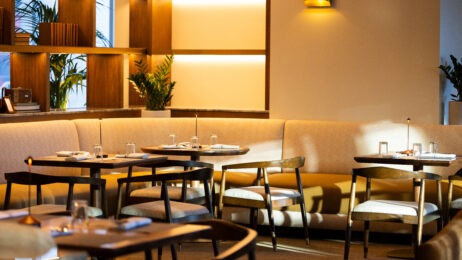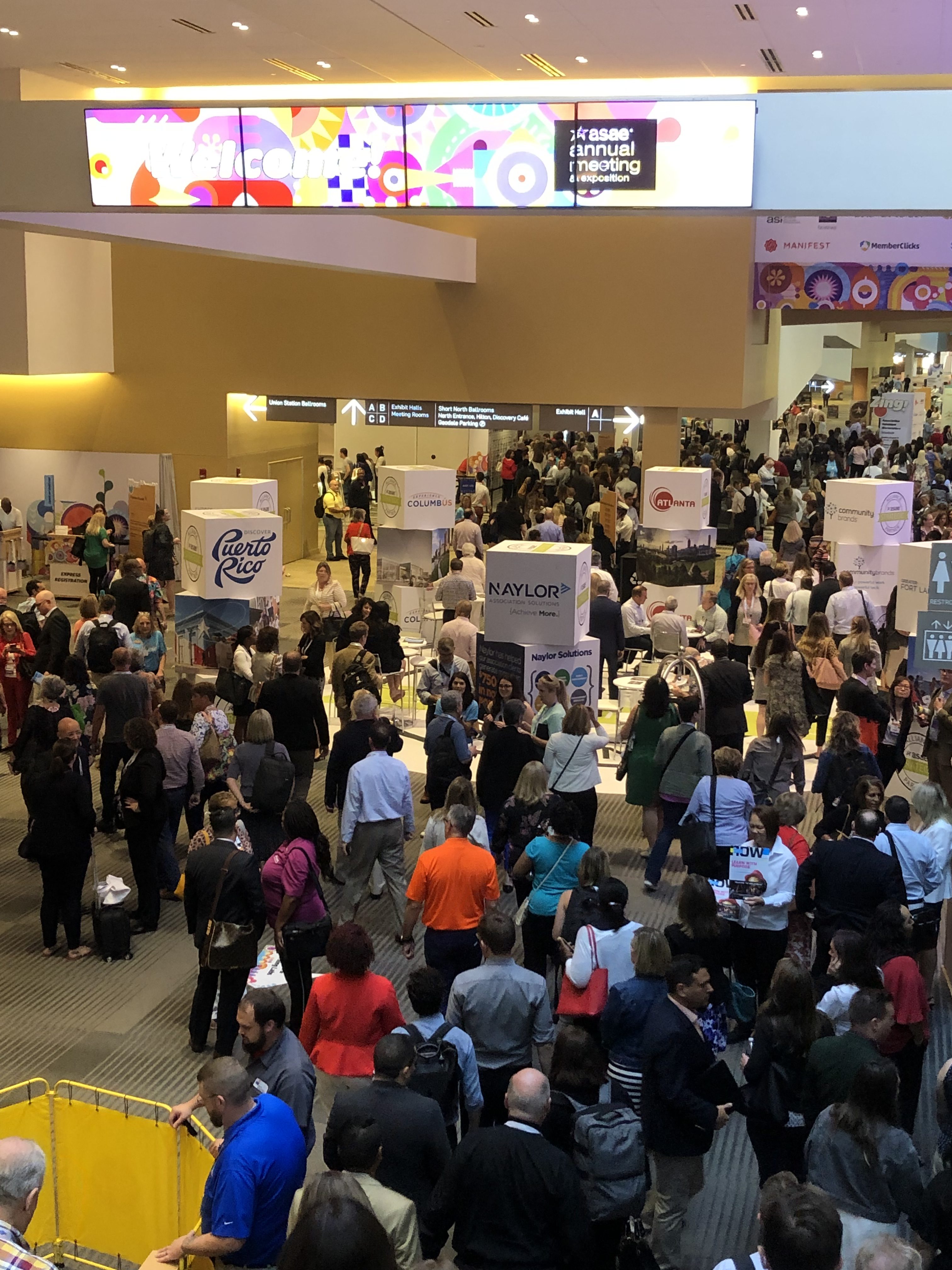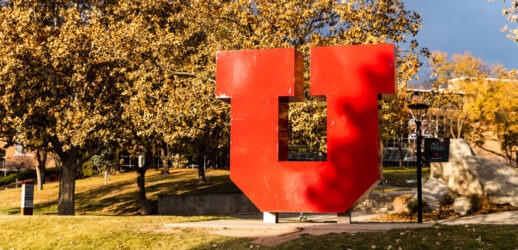The trend toward longer, more inspired breaks at meetings—30, 40 or even 60 minutes to refresh the mind and body—can encompass many activities, or none at all. (The latter possibility is known as “white space,” for unstructured time blocks.) In keeping with millennials’ desire for deeper, more experiential events, breaks can offer team games, stretching or yoga, meditation, or simply informal attendee interaction to spur professional growth.
Another possibility to consider is a break from the coffee break. Instead, feature a guided tea break. Many diehard coffee drinkers, research tells us, shy away from tea simply because they don’t know much about it. There are so many varieties, for one thing. But signage or a media screen can easily inform attendees about the history, varieties and benefits of tea, and a “tea-rista” can talk about brewing best practices and sample teas to help attendees make their choices.
Compared to coffee, tea has much more ceremony and ritual paired with its enjoyment. Afternoon tea is a British tradition that stretches back to the 19th century. (In fact, the second week in August is officially Afternoon Tea Week.) The Japanese conduct elaborate tea ceremonies, and in China there is even a wedding tea ceremony.
Benefits attributed to tea elevate it to the realm of wonder beverage. Teas are rich in antioxidants, and a recent study concluded that four or more cups of green tea a day yielded a 32 percent reduction in the risk of heart attack. Tea also reduces the risk of stroke, lowers LDL cholesterol, and may prevent bone loss and decrease tooth decay. Herbal teas offer many other health benefits.
Tea will probably never dislodge the latte or macchiato as the all-American caffeine boost. But it’s a surefire way to make your meeting break rise above the ordinary.





